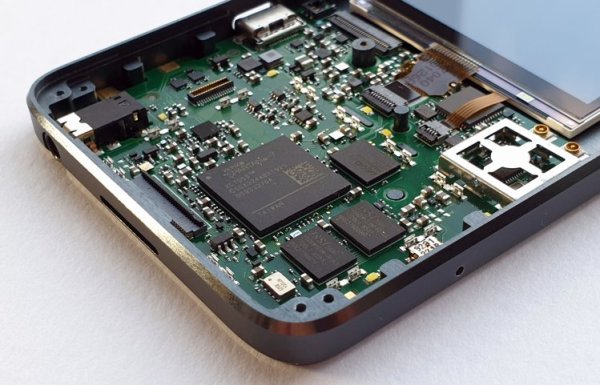A keyboard you build yourself should really be made just for you, and meet your specific needs. If you approach it this way, you will likely break ground and inspire others simply because it’s personalized. Such is the case with [_GEIST_]’s highly-customized lily58, designed to work in two modes — on the desk, and mounted on the back of a tablet.
 The lily58, which is a 58-key split with dual OLED footprints, was just a starting point for this build. For tablet mode, where the keyboard is attached to the back of a tablet with hook-and-loop tape, [_GEIST_] created custom plates that double the thumb keys on the back.
The lily58, which is a 58-key split with dual OLED footprints, was just a starting point for this build. For tablet mode, where the keyboard is attached to the back of a tablet with hook-and-loop tape, [_GEIST_] created custom plates that double the thumb keys on the back.
We love that there is a PSP thumbstick for mousing on one layer and inputting keystrokes on other layer. But we can’t decide which is our favorite part: the fact that [_GEIST_] threaded it through the bottom of a Kailh Choc switch, or the fact that there’s a Pimoroni Haptic Buzz with a different wave form for each layer. [_GEIST_] also added an acrylic middle plate layer to support quick-change magnetic tenting legs.
Keyboard mods don’t have to be involved to be adopted by others. This modified Dactyl adds custom wrist rest holders and has deeper bottoms that allow for less than perfect wiring.
Via reddit
















